This class is a subject required to obtain a first-class junior high school teacher’s license (Health and Physical Education). Based on “Health and Physical Education Teaching Method 1” in the second year, students learn how to create advanced and applied classes and study guidance in physical education through VTR of excellent class practices, class observation at an affiliated junior high school, and mock classes.
Lesson Content
The class was held in the gymnasium of the junior high school attached to the Faculty of Education of Ehime University (about 15 minutes by bicycle from the main campus), where the students will conduct their teaching practice in the fall. Michihiro Tsubouchi, a teacher at the attached junior high school, also participated in the class as a practical guidance instructor. The goal of this class was “to be able to visualize how to use ICT devices in the classroom. Since April 2021, the Ministry of Education, Culture, Sports, Science and Technology (MEXT) has provided elementary and junior high schools with an environment in which each student has a personal computer, through its “GIGA School Initiative,” making it easier for students to watch videos and film their own movements in physical education classes. Teachers are also expected to use this environment to conduct more effective classes.
The class began with a lecture on the “use of one terminal per student,” “examples of the use of ICT devices in the classroom,” and “creating teaching materials using ICT devices. After that, the students actually started to create “stumbling videos” as a practical example of using tablets to create teaching materials. The “stumbling movie” is a video in which a failure is acted out and compared with a successful video to guide the learner to the correct movement.
Students were divided into groups to consider what kind of videos to create for four events: ball games (goal type), martial arts (judo), track and field (relay), and gymnastics (mat exercise), and to actually film failed and successful movements. Perhaps it was more difficult than expected to intentionally make a failed movement, the students re-photographed many times and worked hard to create a video that was easier to understand. Mr. Hino gave specific advice to each group, such as “It is easier to understand if you put the point of the movement in text in the video.
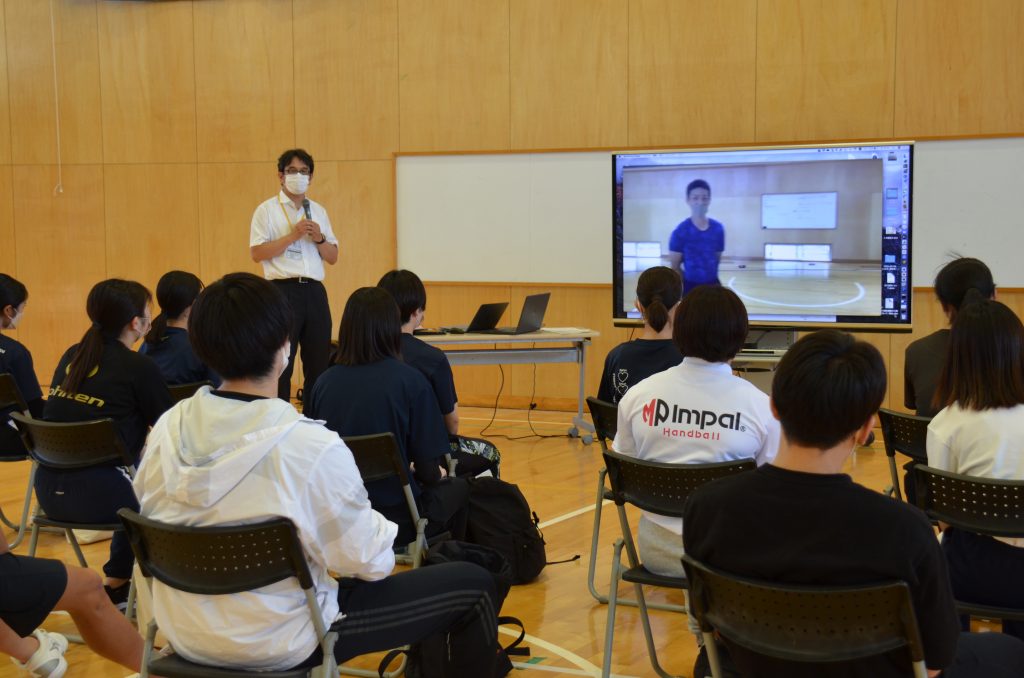
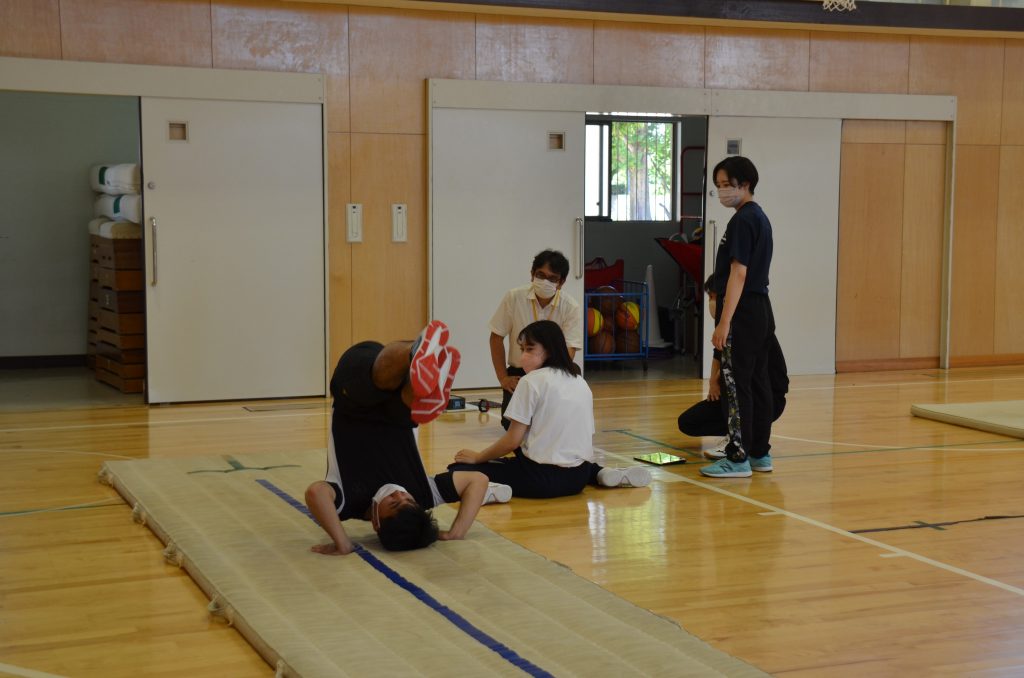
According to Mr. Hino, “The purpose of physical education classes at junior high schools is not to develop athletes, but to let every student experience the joy and pleasure of exercise, such as learning to do something they could not do before. For example, dribbling a basketball, he says, can be done well if the ball is pushed out softly so that it is sucked in while the player is relaxed, instead of hitting the ball hard. He said that the key is how to convey such tips to the learners and make them understand them.
After shooting the video, each group gave a presentation on what aspects of the video they had worked on. The group that was in charge of volleyball explained that they had reproduced in an easy-to-understand way the movements that learners tend to fall into, especially in terms of “stance,” “movements of hands and feet,” “exertion of power,” and “timing of contact with the ball. Mr. Hino commented that the camera image should be angled according to the content of the message, as neither too far away nor too close to the subject will convey the important parts, and that it is important to pay attention to the shooting environment, such as paying attention to noises from the surroundings (e.g., large fans). The students were taught not only physical movements but also other technical points of filming. At the end of the class, as a summary of this class, it was explained that the advantage of ICT is that video can be replayed anytime and anywhere, and that students can make their own innovations and improvements.
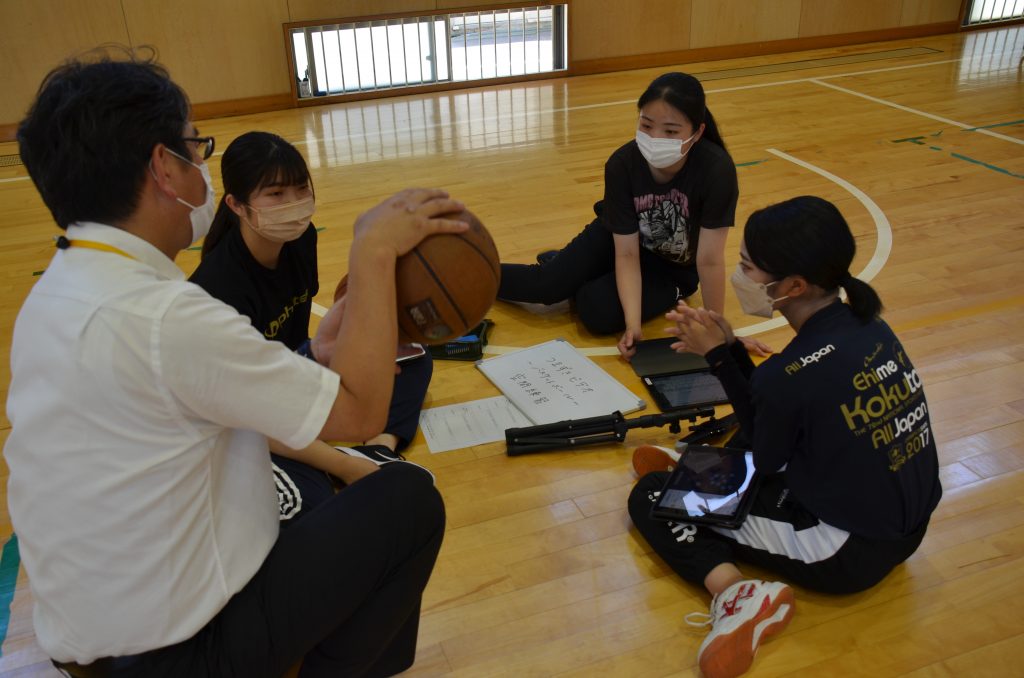
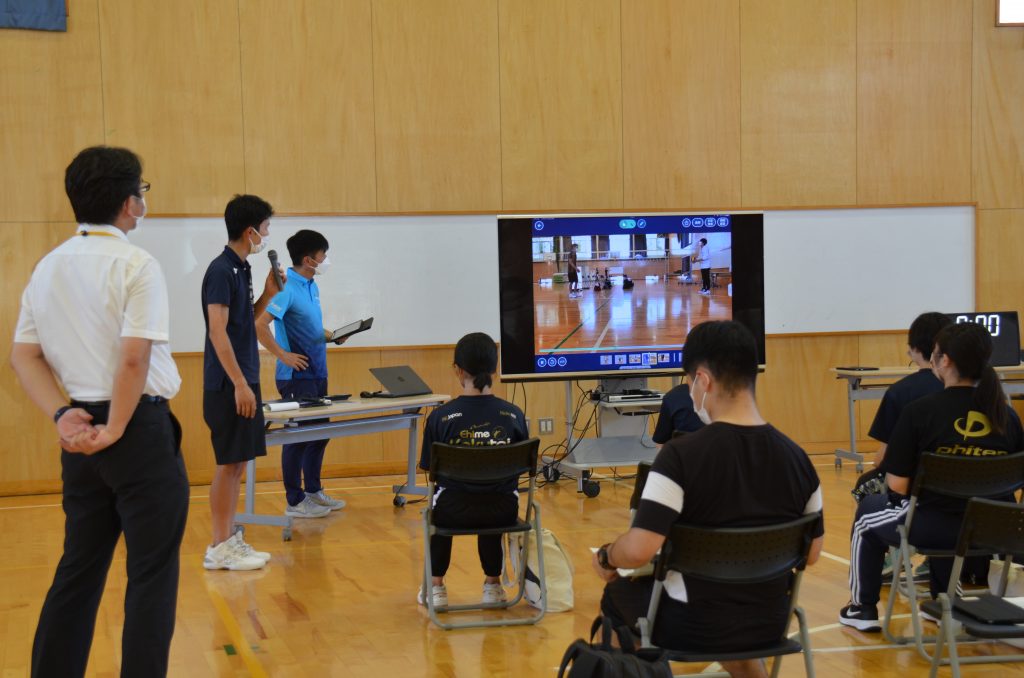
Based on what they have learned in this class, they can effectively use the terminals to encourage learners to think “This sport is interesting! I want to get better at this sport! and “I want to get better at this sport!
Comments from faculty
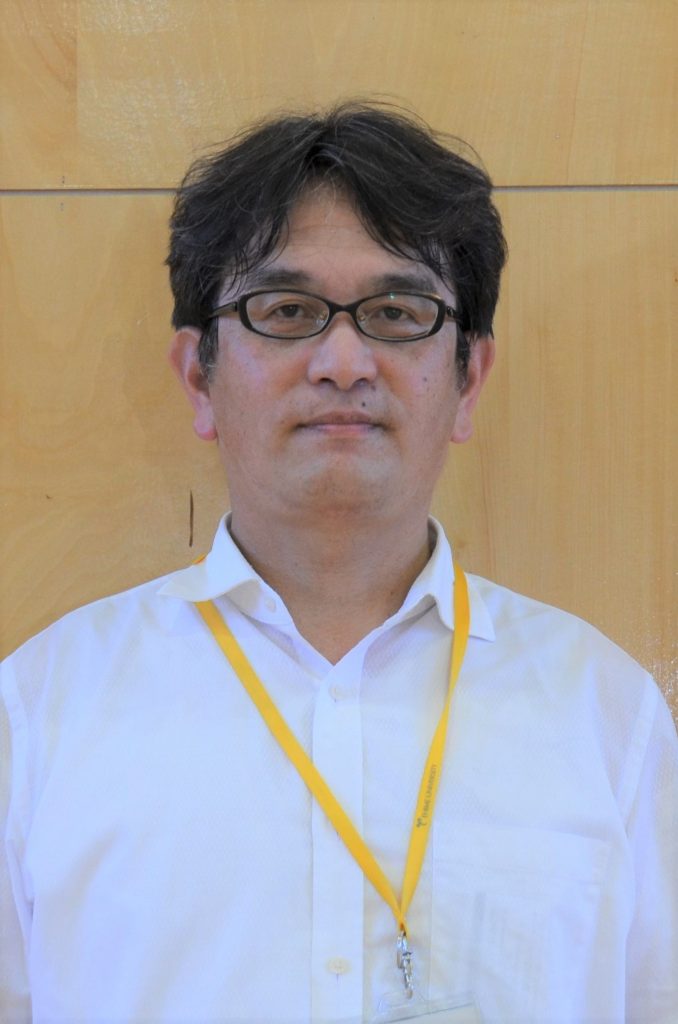 The GIGA school concept is advancing at a rapid pace, and the school environment with one terminal per child has become the national standard. Aspiring teachers are required to acquire the ICT instructional skills to effectively and efficiently utilize ICT, which is considered a must-have item. In this class, we aim to cultivate practical teaching skills that look at a unit of study, while also taking into consideration the connection with educational practice and passing theory and practice back and forth. For this class, the students themselves decided to create video content by actually using tablets at the attached junior high school. In the “stumbling video,” students act out a scene in which they are unable to perform well. The aim is to learn the characteristics of children who are not good at sports and how to teach them in an easy-to-understand manner through the creation of videos. The important thing to remember is that “the use of ICT is a means, not an end. Through hands-on experience, we hope that the students will become teachers who can help children who are not good at sports experience the joy and pleasure of exercise and sports.
The GIGA school concept is advancing at a rapid pace, and the school environment with one terminal per child has become the national standard. Aspiring teachers are required to acquire the ICT instructional skills to effectively and efficiently utilize ICT, which is considered a must-have item. In this class, we aim to cultivate practical teaching skills that look at a unit of study, while also taking into consideration the connection with educational practice and passing theory and practice back and forth. For this class, the students themselves decided to create video content by actually using tablets at the attached junior high school. In the “stumbling video,” students act out a scene in which they are unable to perform well. The aim is to learn the characteristics of children who are not good at sports and how to teach them in an easy-to-understand manner through the creation of videos. The important thing to remember is that “the use of ICT is a means, not an end. Through hands-on experience, we hope that the students will become teachers who can help children who are not good at sports experience the joy and pleasure of exercise and sports.
Comments from students
Aimi Doi, third-year student, Elementary School Subcourse, Faculty of Education
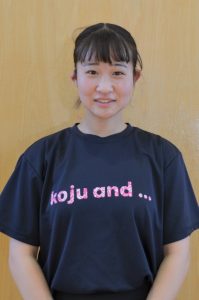 In this lecture, students will prepare a unit plan and an instructional plan for a physical education class, and conduct a mock class. Afterwards, the mock class will be evaluated from the perspectives of students, teachers, and third parties, and an overall discussion of the mock class will be held to exchange opinions on what was good and what could be improved. In this way, students can encounter a variety of ideas, become aware of perspectives and new ideas that they did not have, and broaden the scope of their own thinking. In addition, they will be able to find issues that they could not have noticed on their own, and by making use of these issues in the future, they will be able to develop better unit plans, teaching plans, and classes. In addition, there will be lectures by teachers who are actually active in the school field, so you will be able to hear their real voices from the school field and learn how to proceed with classes based on the actual conditions of students and how to utilize ICT, which has become a hot topic in recent years.
In this lecture, students will prepare a unit plan and an instructional plan for a physical education class, and conduct a mock class. Afterwards, the mock class will be evaluated from the perspectives of students, teachers, and third parties, and an overall discussion of the mock class will be held to exchange opinions on what was good and what could be improved. In this way, students can encounter a variety of ideas, become aware of perspectives and new ideas that they did not have, and broaden the scope of their own thinking. In addition, they will be able to find issues that they could not have noticed on their own, and by making use of these issues in the future, they will be able to develop better unit plans, teaching plans, and classes. In addition, there will be lectures by teachers who are actually active in the school field, so you will be able to hear their real voices from the school field and learn how to proceed with classes based on the actual conditions of students and how to utilize ICT, which has become a hot topic in recent years.
I believe that these lectures are practical and hands-on, enabling students to acquire knowledge, skills, and ideas that can be applied in the field, as they aspire to become health and physical education teachers in the future.

